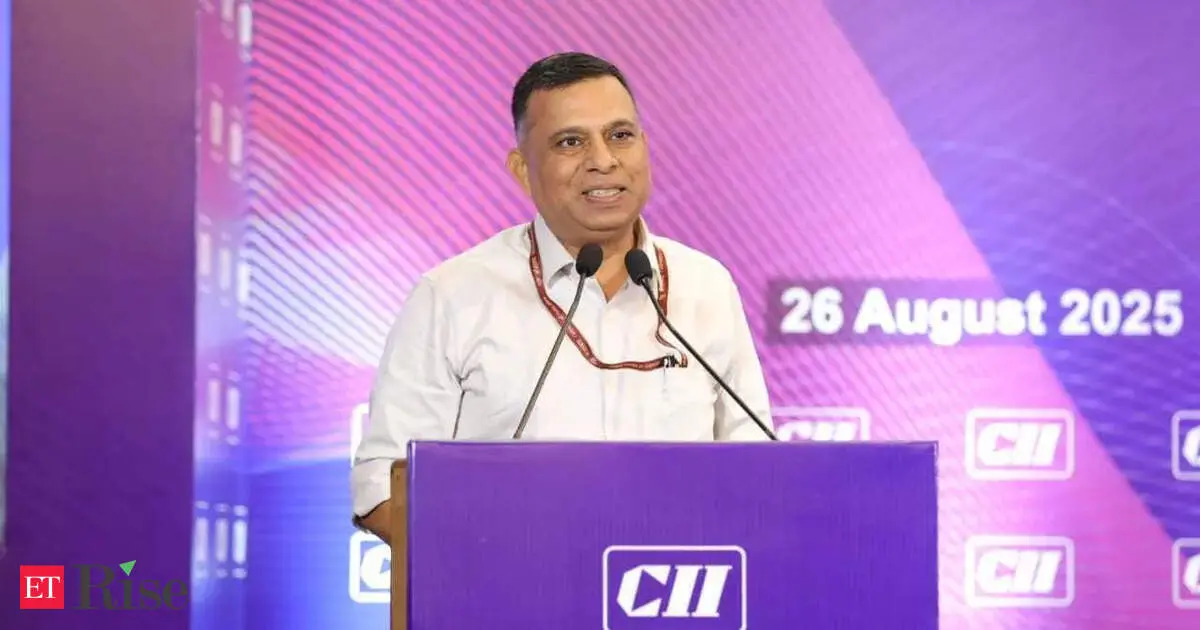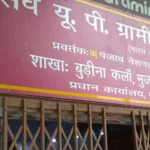New Delhi: The Indian government has redefined the standards for micro, small, and medium enterprises (MSMEs) to promote growth and alleviate concerns about losing benefits during expansion. At the CII MSME Growth Summit 2025, Rajneesh, Additional Secretary at the Ministry of MSME, emphasized the importance of these changes in bolstering the Indian economy. Significant increases in investment and turnover thresholds are designed to empower MSMEs and facilitate easier credit access, addressing previous misconceptions about their financial risk.
Transforming the Landscape of MSMEs
In a significant move to uplift the micro, small, and medium enterprises (MSMEs) sector, the Indian government has recently revised the definitions that categorize these businesses, allowing for greater flexibility and growth opportunities. Rajneesh, Additional Secretary and Development Commissioner of the Ministry of MSME, outlined these crucial changes during the CII MSME Growth Summit 2025. The revised definitions, which were first introduced in 2020 and updated again in the recent Union Budget for 2025-26, aim to quell the fears that MSMEs have regarding the loss of benefits and entitlements once they surpass old investment and turnover thresholds.
Instead of the earlier constraints, micro-enterprises can now invest up to ₹2.5 crore (previously ₹1 crore) and have a turnover limit of ₹10 crore (up from ₹5 crore). Similarly, small enterprises can now have investments of up to ₹25 crore instead of ₹10 crore, and the revenue ceiling is raised to ₹100 crore. For medium enterprises, the scale has dramatically increased, allowing investments of up to ₹125 crore and turnover of ₹500 crore. “We now believe that every 5 years, we should have a relook at the fundamentals of the sector and try to do things which can really unlock the potential of the MSMEs,” Rajneesh stated, underscoring the government’s proactive approach.
Enhancing Credit Availability
Access to credit remains a key concern for MSMEs. Over the past three years, the Ministry of MSME has facilitated robust credit guarantees amounting to a staggering ₹6.4 lakh crore. However, Rajneesh pointed out a prevalent misconception among bankers: the belief that lending to MSMEs inherently bears a higher risk. He clarified that the current Non-Performing Assets (NPAs) in the MSME sector stand at just 3.5%, a significant improvement from the 11.03% recorded in FY20. “This completely breaks the perception of MSMEs being riskier borrowers,” he added, urging financial institutions to rely on data rather than assumptions.
The decline in NPAs signals not only the resilience of MSMEs but also their comparative financial performance, which aligns closely with larger companies. This encouraging trend suggests that lenders should reconsider their approach to financing small businesses, fostering a more inclusive financial environment. One example of this shift is how a small toolkit manufacturer, previously shunned by banks due to perceived risks, managed to secure a loan following these updated statistics and has since doubled its output.
Government Support in Procurement
In addition to easing credit access, the government is also taking steps to enhance the procurement capabilities of MSMEs. Rajneesh addressed another common myth — that MSMEs cannot manage larger orders because of quality or logistics concerns. He emphasized that the Indian government has been encouraging public procurement agencies and Central Public Sector Enterprises (CPSEs) to source more of their materials from MSMEs. According to the MSME Act, these enterprises are required to procure at least 25% of their total requirements from MSMEs. Remarkably, public sector purchases from MSMEs have jumped from ₹40,000 crore to over ₹90,000 crore over the past decade, with current sourcing rates standing at nearly 35%.
This transformation reflects changing attitudes among CPSEs, which are realizing that MSMEs offer competitive pricing and quality products. For instance, a medium-sized textiles company that previously faced hurdles in order fulfillment has seen its business flourish after securing government contracts, demonstrating that MSMEs can indeed meet large-scale demands efficiently.
Addressing Delayed Payments and Awareness
Another pressing issue faced by MSMEs is the issue of delayed payments. Rajneesh assured stakeholders that while most transactions are executed in a timely manner, the Ministry is taking advanced measures to further streamline this process. Timely payments are crucial for maintaining operational efficiency, especially for smaller enterprises that might rely heavily on consistent cash flow.
Moreover, M Ponnuswami, Co-Chairman of the CII National MSME Council, highlighted that there needs to be greater awareness among MSMEs in tier-2 and tier-3 cities regarding the opportunities presented by Industry 4.0, low-cost automation, and various credit schemes. With banks becoming increasingly willing to support MSME ventures, it is vital to connect businesses with the right information and resources.
In conclusion, the government’s proactive measures to redefine MSME thresholds, enhance credit availability, and encourage procurement are all vital steps toward strengthening the Indian economy. As MSMEs begin realizing their potential in a more conducive environment, the nation as a whole stands to benefit from their growth and innovation. By supporting these enterprises, India not only fosters economic development but also encourages a culture of entrepreneurship that can thrive across diverse sectors.
💡 Bankerpedia’s Insight
The revised MSME definitions are pivotal for India’s banking and finance sector, as they reduce the fear of losing benefits with growth, fostering a more dynamic business environment. This encourages MSMEs to pursue expansion, which inherently boosts credit demand and reduces default perceptions. Improved financial health, illustrated by decreasing NPAs, creates a more stable lending landscape. For readers, it’s essential to recognize that scaling up is now more advantageous than ever; this is a time of opportunity for those in the MSME sector to leverage support and funding for sustainable growth.
🤔 What Does This Mean for Me?
- Salaried Person → Increased job stability due to MSME growth potential.
- Business Owner → Eased expansion concerns and enhanced growth opportunities for MSMEs.
- Student → Increased opportunities for student entrepreneurship and innovation.
- Self-employed → Easier growth without losing benefits boosts self-employed potential.
- Homemaker → Increased access to resources and opportunities for growth.
- Retiree / Senior Citizen → Expanded MSME opportunities may benefit retirees’ investments.
- Job Seeker → Easier MSME growth enhances job opportunities for seekers.
- Farmer / Rural Citizen → Easier growth, better credit access for rural businesses.
📚 Research References
- economictimes.indiatimes.com
- RBI
- SEBI
- Ministry of Finance
- NABARD
- Department of Financial Services (DFS)
📲 Stay ahead in banking & finance!
Join the Bankerpedia WhatsApp Channel for instant updates, and
subscribe to our YouTube Channel for in-depth analysis and expert explainers.










